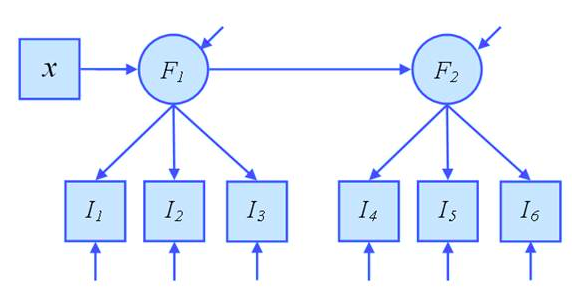Caring adult support associated with youth “sparks”
 Ben-Eliyahu, A., Rhodes, J. E., & Scales, P. (2014). The interest-driven pursuits of 15-year-olds: “Sparks” and their association with caring relationships and developmental outcomes. Applied Developmental Science, 18(2), 76-89.[PDF]
Ben-Eliyahu, A., Rhodes, J. E., & Scales, P. (2014). The interest-driven pursuits of 15-year-olds: “Sparks” and their association with caring relationships and developmental outcomes. Applied Developmental Science, 18(2), 76-89.[PDF]
Summarized by Adar Ben-Eliyahu
Problem: Researchers have characterized a spark as a “passion for a self-identified interest, skill or capacity that metaphorically lights a fire in the adolescents’ life, providing energy, joy, purpose and direction” (Scales, Benson, & Roehlkepartain, 2011, p. 264). Sparks have been thought about as all or none, that is, they either exist or they don’t. However, there may be varying levels of sparks. Interest-driven activities (such as sparks) contribute to one’s sense of well-being and happiness. Such activities are inherently adaptive. Previous research explored how immersion in such activities generates positive experiences and motivates learning. Two components of Spark include flow and value. Flow is characterized by deep concentration, sharp focus, and deep relaxation. Value was conceptualized as the utility or usefulness the certain subjects or activities have for longer term goals such as career aspirations. In this study we were interested in:
- How to quantify sparks based on flow and utility value.
- What is sparks related to.
- Who supports the development of sparks.
Method: Participants included 1,860 15-years-olds from across the United States who participated in the national Teen Voice survey. Participants were recruited through the Harris Poll Online and filled out Harris Interactive surveys. The following measures were completed by youth online:
- Spark Included 7 items about their impassioned interests with 3 tapping into flow (e.g., feel joy and energy, lose track of time) and 4 tapping into the utility value (e.g., given me skills for my job or career, helped me get along with other people).
- Social, academic, and emotional outcomes
- Social behaviors included leadership, vandalism, social good contribution, and civic engagement.
- Academic outcomes were mastery goals, school attendance, grade point average, and school effort.
- Emotional outcomes were sense of purpose, positive future outlook, and worries.
- Relationship supporting sparks were asked about the youth’s parents, extended family (e.g., grandparents or other family members), neighbors, friends, school-based adult (e.g., teachers, counselors), mentor, and a coach or other adult in a youth organization or after-school program. The frequency for three forms of supports were indicated: encouragement, financial help, and transportation.
Results: 1. How to quantify sparks based on flow and utility value. Latent class analyses indicated that Sparks can be thought of as intensities from low, moderate, to high, in addition to a fourth group that reported not having a spark. Interestingly, youth in the High Spark group reported their Spark activity as more active (e.g., sports) than those in the Low Spark group (e.g., computers/electronics). Youth who reported their main spark in computers/electronics reported significantly more time spent online than those who reported sports, being in nature, studying/reading, or arts. 2. What is sparks related to? Youth in the High Spark group reported more social involvement (leaders, caring for the social good, and civic engagement), more adaptive academic outcomes (higher focus on learning, exerting more effort in school, and obtaining higher grades than the No and Low Spark groups. Youth in the High Spark group reported higher levels of hopefulness and purpose, a positive future outlook, and less worrying 3. Who supports the development of sparks? Overall, the findings are clear: Higher Spark groups indicated more encouragement, financial support, and transportation than lower intensities of Spark from all of their relationships. Additionally, youth with stronger sparks reported more encouragement, financial support, and transportation to spark activities from parents, mentors, extended family, neighbors, school-based adults, and peers.
Conclusions and implications: Having support for involvement in interest-driven pursuits is critical. Regardless of who provides encouragement, transportation, or financial support, youth who reported more support also indicated more impassioned involvement in their interests. Involvement in interest-driven pursuits were related to more social involvement, academic benefits, and emotional outcomes. Having moderate or high sparks was associated with academic benefits for youth, whereas having a low spark and not having a spark at all are quite similar especially in terms of academic outcomes.
Bottom line: being involved in interest-driven pursuits leads to feeling better, doing better, and higher achievement. This paper will be presented at the upcoming Digital Media and Learning conference in Boston.








